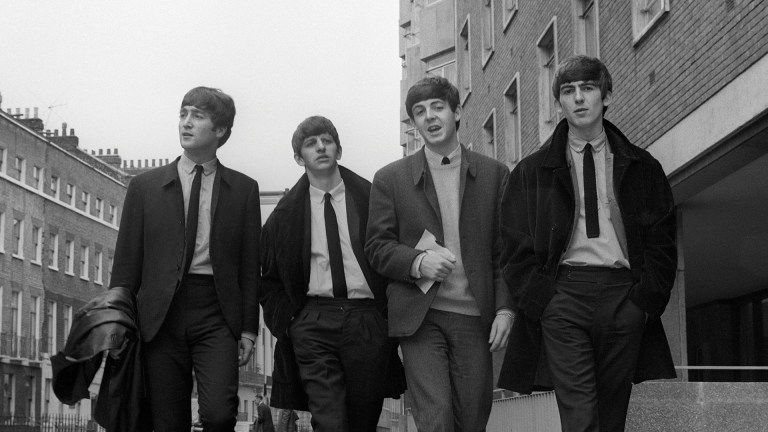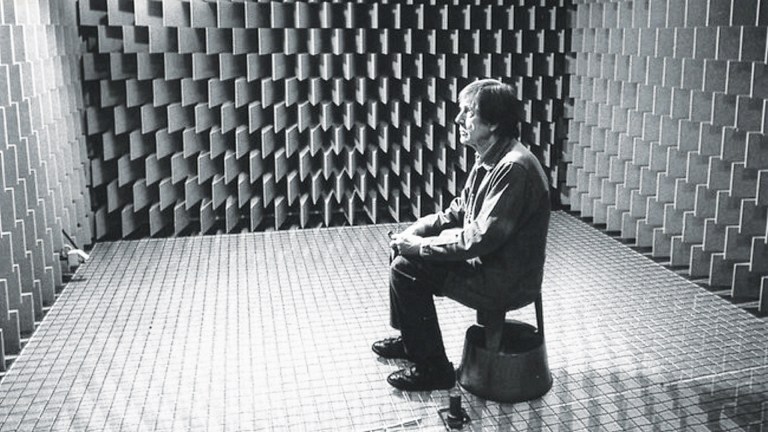There’s a new exhibition opening at the National Museum of Scotland in Edinburgh this week titled Rip It Up: The Story of Scottish Pop. It’s the first major exhibition dedicated to exploring the musical culture of the Scottish nation over more than half a century, from influential indie pioneers like Franz Ferdinand and Belle & Sebastian to global superstars such as Simple Minds and Lulu.
https://www.youtube.com/watch?v=-86mKgeXD3M
In the interests of appealing to a general audience, I suspect more space might be given over to the Bay City Rollers’ baggy tartan trews than, say, Glaswegian post-punk cult heroes Orange Juice – whose biggest hit lends the exhibition its name. But with the broad backing and input of the Scottish music community, Rip It Up sounds well put together and I’m excited to give it a look. I’ve got just one bone to pick – why is it happening in Edinburgh, and not Glasgow?
Edinburgh has undoubtedly done much over the decades to enhance Scotland’s reputation as a music nation, with for instance Young Fathers currently blazing a trail. But surely few Edinburgh residents would argue that Glasgow isn’t where it’s at nor has always been for music in Scotland. So much so that Glasgow is officially recognised as a Unesco City of Music, “the musical capital of Scotland… the largest music economy in the UK after London.” By that measure, Rip It Up going to Edinburgh is a little like Glasgow poaching an exhibition on the history of the Fringe.

I’m aware that all sorts of commercial, logistical and other considerations factor in the staging of a large exhibition, and this would never have been a straightforward either-or choice. I live in Glasgow and have no desire to do it down – I love the city, and its reputation as a home of music has in my experience proven nothing but true. My gripe is I suppose a broader one about how music cities tend to be much better at trumpeting their global superstars and music economies than they are at endeavouring and coughing up to preserve and celebrate pop’s physical heritage, in particular its built heritage.
Various iconic Glasgow venues such as the Apollo have long since been demolished or disappeared, marked by not so much as a plaque. But Glasgow is far from alone in allowing once-hallowed music spaces to vanish from view. Manchester’s iconic Haçienda nightclub has become a block of posh flats. In London the BBC earlier this month announced the pending closure of Maida Vale Studios, host to the John Peel sessions among much else over the decades, while the iconic Abbey Road Studios were very nearly lost to developers back in 2009. Until recently Abbey Road lacked so much as a gift shop for the hundreds of thousands of tourists who descend on the well-to-do St John’s Wood neighbourhood every year.










